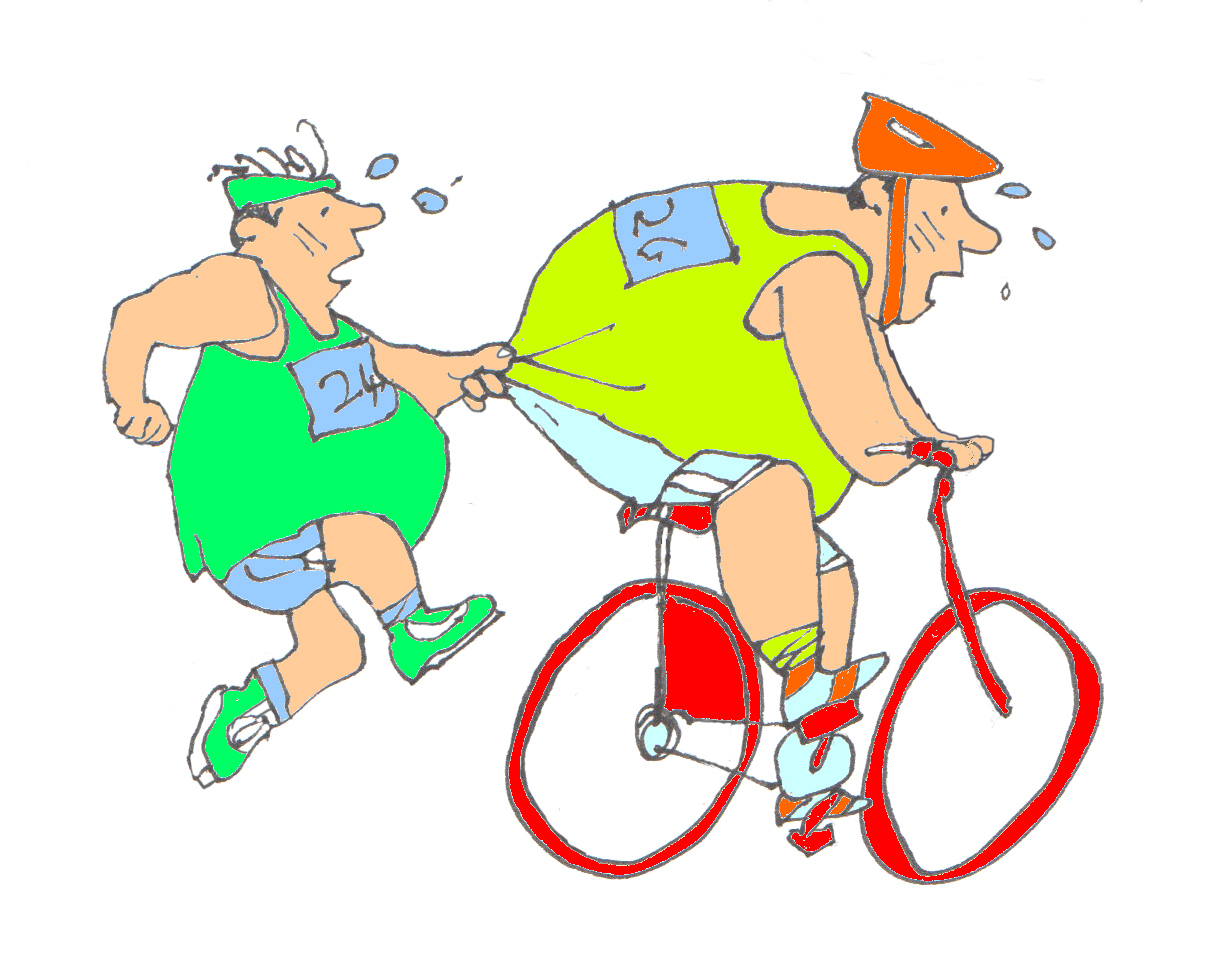Complications of exercise Part 4
This is the last blog in this series of about the problems which can result from exercise – but I emphasise that the side effects of exercise are much less serious than the side effects of not taking exercise.
Stress fractures
These are small cracks in the bone, usually in the foot or lower leg, brought on by overuse and repetitive activity. High-impact or prolonged exercises are most often involved – running, football and basketball in particular. Sudden increase in activity or changes in exercise pattern are the most likely causes. Other possible sites include the pelvis and vertebrae.
Women athletes are twice as likely as men to sustain stress fractures and post-menopausal women are at even greater risk. In premenopausal women, stress fractures are more common in those whose often excessive athletic endeavours have provoked menstrual irregularities or infrequency. The symptoms include pain and tenderness at the site of the injury. An X-ray may not initially show the fracture, but within a week the repair mechanisms can be seen. Treatment is rest and avoidance of further impact until healing has taken place – usually about eight weeks.
Exercise and trauma
Some sports, like cycling, carry an increased risk of trauma, mainly as a result of impact injuries from collisions with other road users. Despite this, the cyclists are the ultimate winners. A study of 230,390 commuters identified 5,704 who travelled to work by bicycle. The cyclists were 3.4 times as likely to sustain transport-related injuries as the other travellers. However, the overall mortality over the period of study was still lower in the cyclists.
Contact sports often result in head injuries. Boxing is the obvious example, but soccer, rugby, hockey and American football can all involve repetitive head impacts, which can eventually result in ‘chronic traumatic encephalopathy’. This causes brain damage and accounts for up to 15 per cent of cases of dementia. Recent media reports of high profile former soccer and rugby players with diagnoses of neurodegenerative disease have raised concerns about the dangers of contact sports and led to threats of litigation against sports organisations over perceived failures in duty of care. Wisely, the government has banned primary-school children in the UK from heading the ball in football training – but not in matches. This problem is receiving increasing media attention and will, I believe, lead to further restrictions in professional football and rugby.
Another outcome of repeated head trauma is lowered testosterone production with resultant erectile dysfunction.
Extreme endurance exercise
Excessive physical activity produces its own problems. A number of indicators of heart injury are worse in those undertaking very high levels of exercise, including enzymes released by heart-muscle damage and calcification of the coronary arteries. Physical performance can also decline with excessive training.
Electrolyte imbalance, including either low or high blood sodium levels and also fluid overload are all found in long distance runners whose choice of rehydration fluid may not be appropriate. Extreme endurance activity may impair normal inflammatory and immune responses with an increase susceptibility to respiratory infections.
Exercise addiction
Some people become addicted to exercise. They experience loss of control to the extent that exercise becomes obligatory and excessive. This is very similar to the obsession with exercise seen in some eating disorders, when the excessive exercise is part of the strategy to maintain weight control. Exercise addiction is not common, occurring in about 0.3 per cent of the general population but is found in as much as 2 per cent of regular exercisers. In some sports it is much more common. A figure of up to 25 per cent has been quoted for runners, though, as a runner myself, I find this hard to believe. The cold and driving rain can be powerful disincentives to pulling on the trainers and getting out there!
Exercise addiction is seen about equally in men and women, though in women it is more often associated with eating disorders. Some of the characteristics include continuing to exercise despite injury and illness, and giving up social, occupational and family interests which might interfere with the exercise programme. Sufferers may report withdrawal effects when their exercise schedule is disrupted. The most effective treatment is probably cognitive behavioural therapy (CBT) with the aim not of stopping the subject from exercising but of helping them to recognise the addictive behaviour and adapt to a less rigid exercise routine.
Are you signed up?
If you are a visitor and want to sign up to receive the blog each week, click here:
https://mailchi.mp/e4f0caea4029/exercise-fitness-health-blog
Buy my book! It is the ideal Christmas present for the growing army of the insufficiently active, preparing them for making life-saving New Year resolutions.

You can order a copy of my latest book here! This is directly through me for £12.50 and includes P&P.
Subscribe to the blog
Categories
- Accelerometer
- Alzheimer's disease
- Blood pressure
- BMI
- Cancer
- Complications
- Coronary disease
- Cycling
- Dementia
- Diabetes
- Events
- Evidence
- Exercise promotion
- Frailty
- Healthspan
- Hearty News
- Hypertension
- Ill effects
- Infections
- Lifespan
- Lipids
- Lung disease
- Mental health
- Mental health
- Muscles
- Obesity
- Osteoporosis
- Oxygen uptake
- Parkinson's Disease
- Physical activity
- Physical fitness
- Pregnancy
- Running
- Sedentary behaviour
- Strength training
- Stroke
- Uncategorized
- Walking


